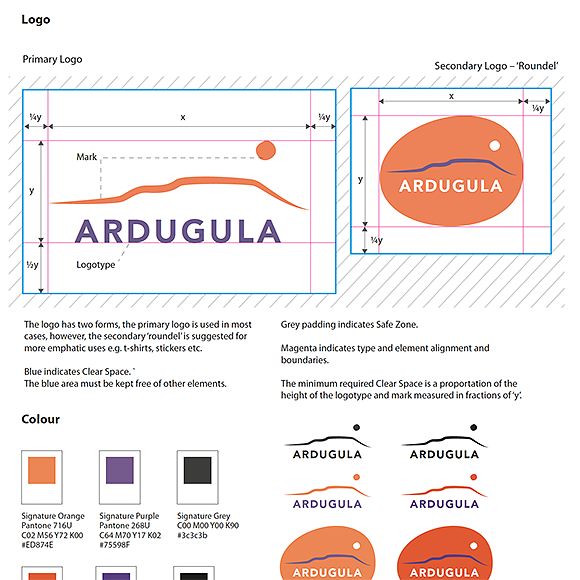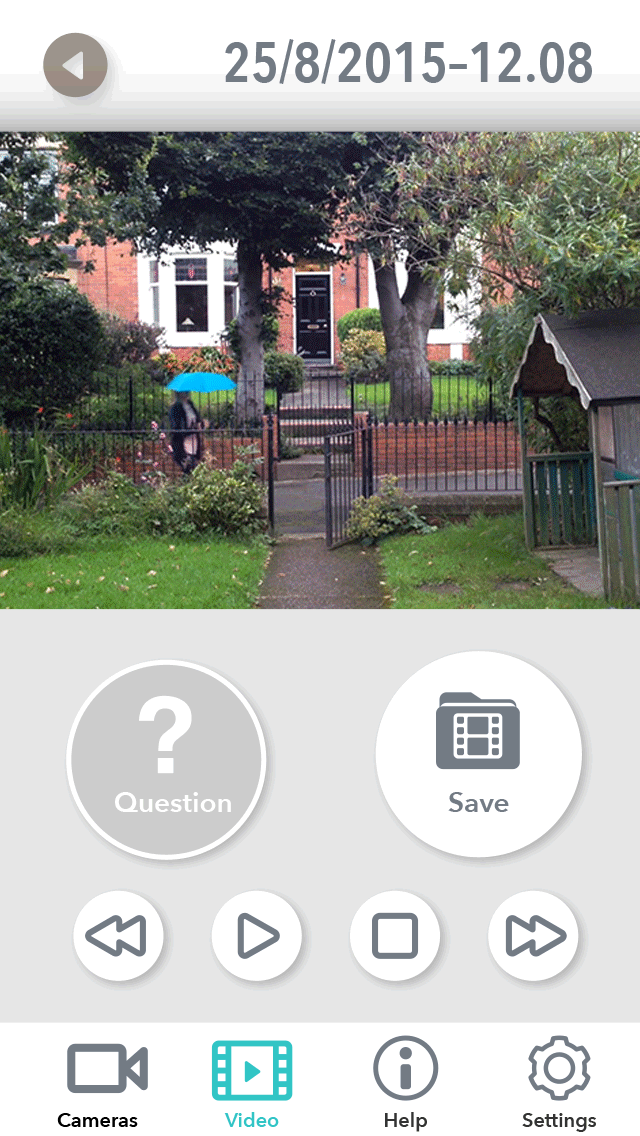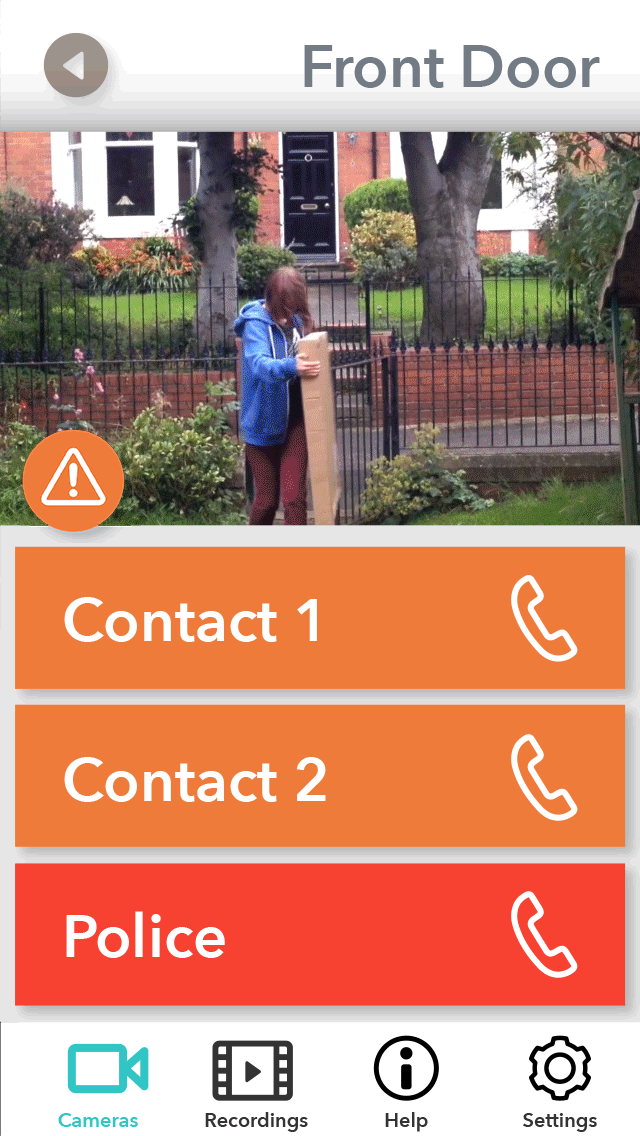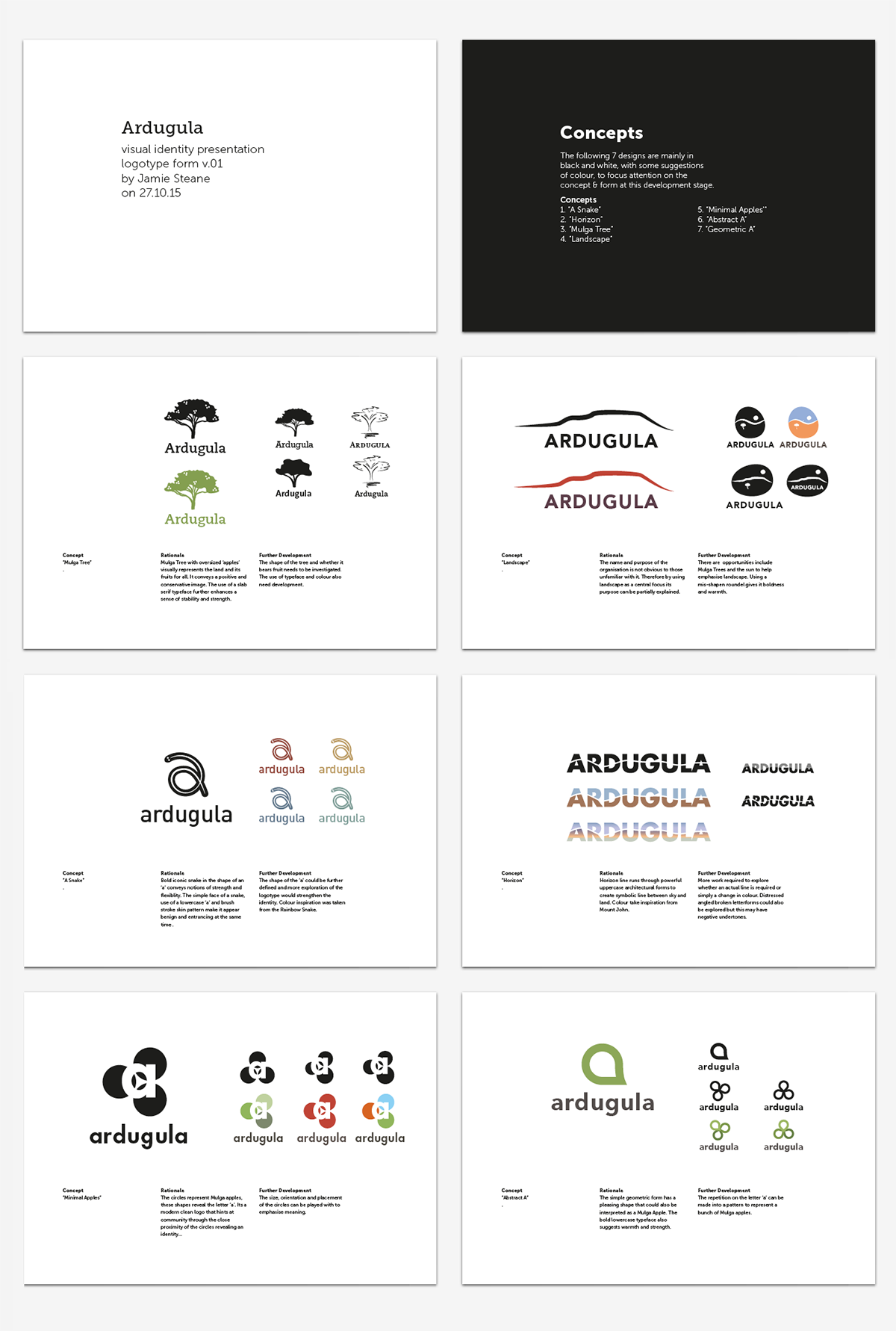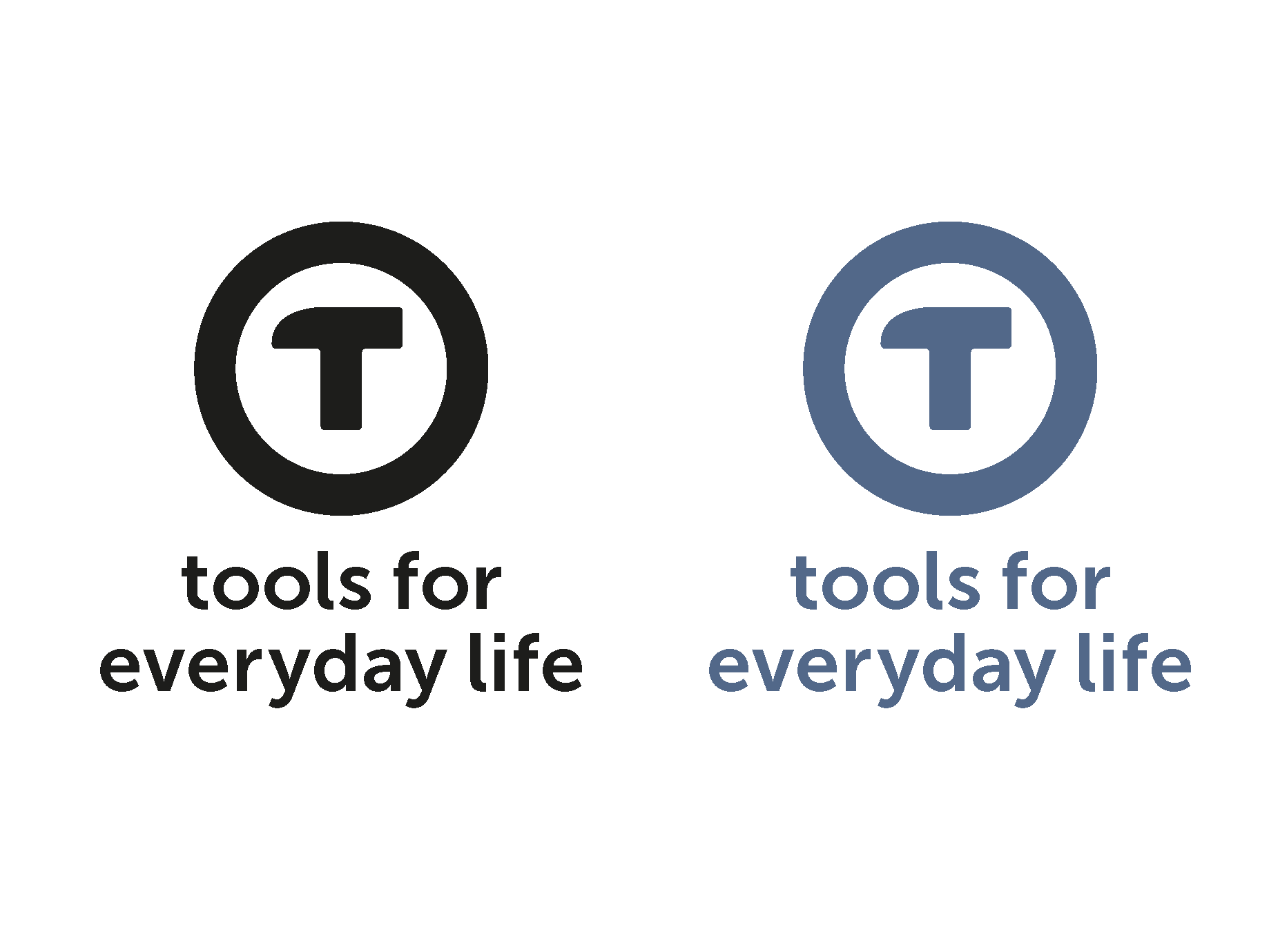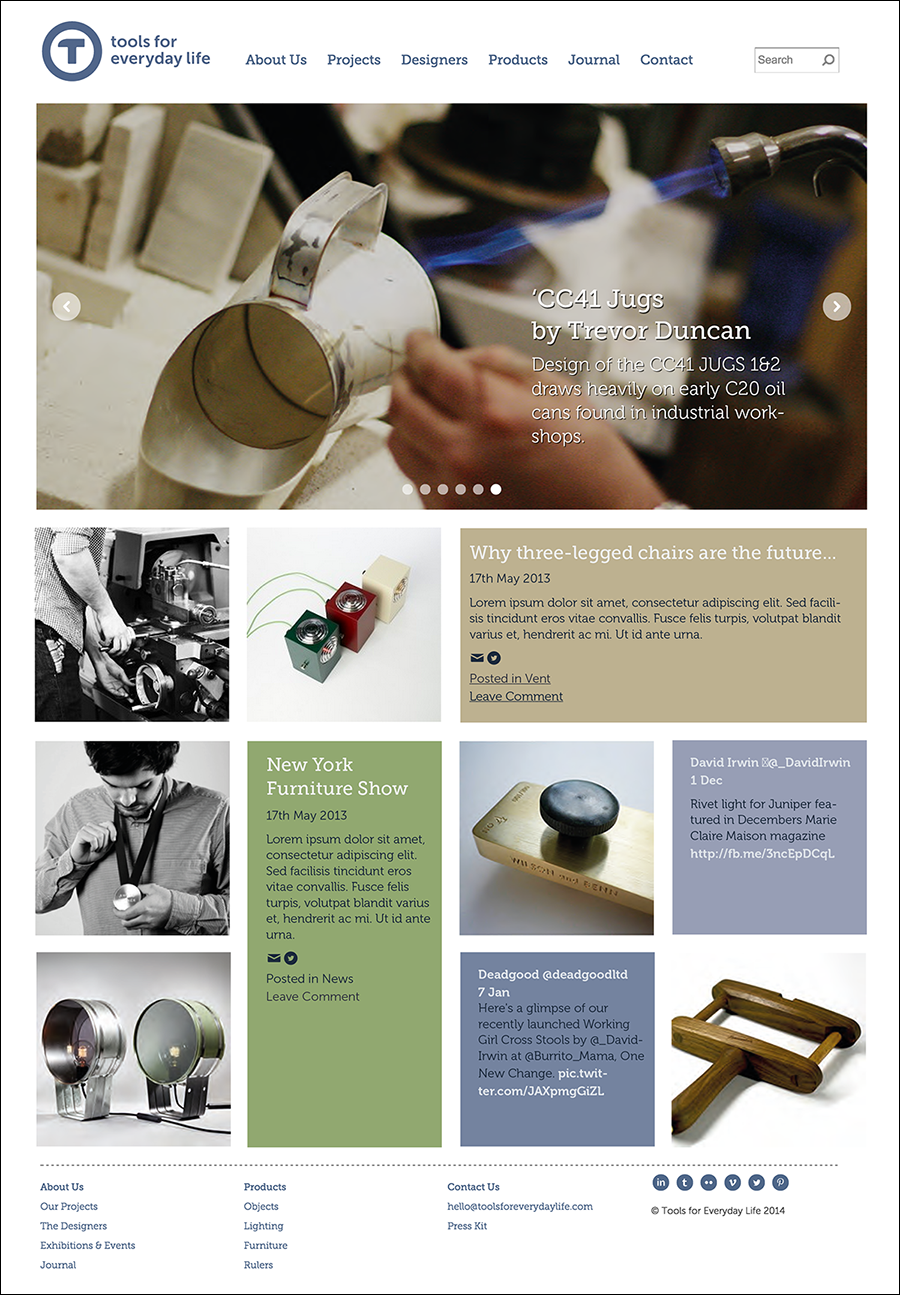As part of a £3.2 million regeneration scheme, this Heritage Lottery funded project aimed to engage people with the heritage of Newcastle’s historic ‘Bigg Market’ through activities, events and learning. Understanding their interest heritage and their motivation for learning was of importance for the researchers.
To achieve this, researchers worked with groups of students from Art and Design disciplines to explore the Bigg Market’s heritage through a series of open and set briefs. The final design concepts and artworks were then displayed in public exhibition.
Research aims:
To engage people with the heritage of Newcastle’s historic ‘Bigg Market’ through activities, events and learning.
To better understand the interest, value and motivations for engaging with heritage.
Context:
‘Giving historic heart back to Newcastle’ is a Townscape Heritage Initiative . THI’s are one of several focussed Heritage Lottery Funds. They aim to carry our improvements to heritage buildings in a focussed area of towns and cities.
In this case, the project in centred on the Bigg Market. It was run by NE1, the local business improvement district company. The project was part of NE1’s wider work to improve the Bigg Market and change the profile of people who go there, from a low yield, night time clientele to a higher budget, day and night audience.
Method:
Researchers worked with NE1’s consultants Bowles Green to explore a number of project ideas that would meet the Heritage Lottery Fund’s aspiration to engage people with heritage through activities, events and learning.
Researchers and NE1 staff worked with groups of students from Art and Design disciplines to explore the Bigg Market’s heritage through a series of open and set briefs. The final design concepts and artworks were then displayed in public exhibition.
The exhibition features work from first year Fashion Communication, Graphic Design and Interaction Design students as well as MFA Fine Art and final year Interaction Design students.
More than 200 students took part in the project with over 30 of the best final artworks, concepts and design prototypes on show in this exhibition.
Over 300 visitors came to see the exhibition which was open to the general public between 25th and 30th July 2019.







